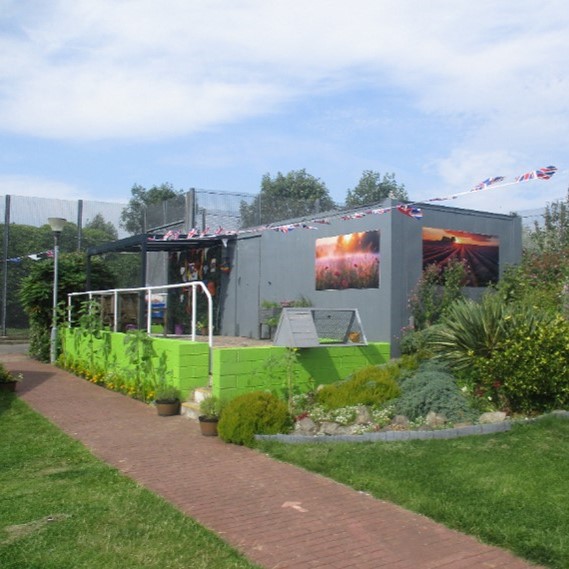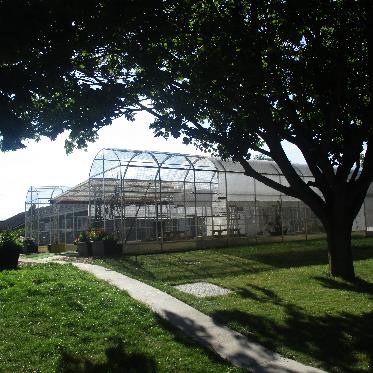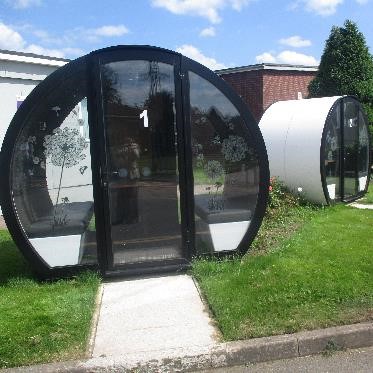Support, care and targeted interventions can make all the difference for women in prison
Inspector Jonathan Tickner reveals how our recent inspection of Drake Hall in Staffordshire was a reminder of the good work that can still be achieved with women in prison, despite the current challenges in the system.
Like a lot of other establishments, Drake Hall’s population has changed recently. Traditionally, it has held women serving longer sentences, but because of pressures across the whole estate, more and more are now arriving having just been sentenced or with little time left to serve. Despite this, the prison has maintained its rehabilitative approach, providing good outcomes for women in three of our four healthy prison tests. Notably, we only reported six concerns in our inspection report, far fewer than most.
The key to the prison’s success was an excellent range of support, care and interventions. The impact of this was twofold; it not only helped women to cope with life inside, but improved their chances of a successful release. Most women we meet in prison have experienced significant trauma and Drake Hall was providing excellent support to help them deal with this. Bereaved women could get talking therapy to manage their grief, while others who had suffered violence perpetrated by men (all too common unfortunately) could access counselling. There was also a very enthusiastic full-time officer who supported women who were in an abusive relationship or who might well return to one when they were released.
A couple of residential units had been transformed into what was known as The Hamlet, a small, innovative project designed to support the most complex prisoners. Effectively a community within the larger prison community, it was hugely valued by the women who lived there. They were supported by dedicated staff who clearly loved their jobs. When I visited with a colleague, we had an enjoyable hour chatting to residents and were taken aback by the positive way some of the most challenging women in the whole prison were engaging and slowly learning to approach life more constructively.
The attractive grounds contributed hugely to the rehabilitative ethos of the jail and were very different from the usual institutional features of a prison. The houses where women lived were scattered across a grassy campus and had the feel of an open prison, which supported much of the good work we were seeing. The aviary provided a calming space for women to meet and spend time with the birds, and the immediate access to greenery supported the lower levels of self-harm than we see at other women’s prisons. Outdoor interview pods, where counselling sessions took place, were one of the best features, and were set in the grounds with views of nature.



From left to right: The Hamlet, the aviary, and interview pods
Drake Hall was not without its problems. The very tight staffing model at the prison limited what could be achieved and although relationships between the women and officers were good, most of the houses did not have a member of staff working on them. Women were never locked in their rooms, but they were not allowed to go more than a few metres from their residential units during their association periods. The houses themselves were pleasant, and many of the women had made great efforts to personalise their rooms, but one building was beyond repair and needed to be replaced; it had been in this state for years.
The small open unit outside the prison was underused and was something of a wasted opportunity. Compared to our last visit, far fewer women were accessing release on temporary licence to help them get used to living and working in the community. We spent time chatting to the women while they cooked and watched TV in the early evening; some were bored, having been moved onto the unit without access to the facilities inside the main prison or a clear plan for getting them into a job. Drake Hall was also not immune to the challenge of housing prisoners on release; only 40% of women went out to an address where they would live in the long term.
Overall though, Drake Hall had very clearly benefitted from stable leadership over the years since our previous inspection. New initiatives and some creative approaches had been encouraged and allowed the time and space to embed. For those of us who work on the women’s inspection team, but who also regularly visit men’s prisons which are frequently in a poor state, it was a refreshing week that brought home how prison can support change and improvement.
